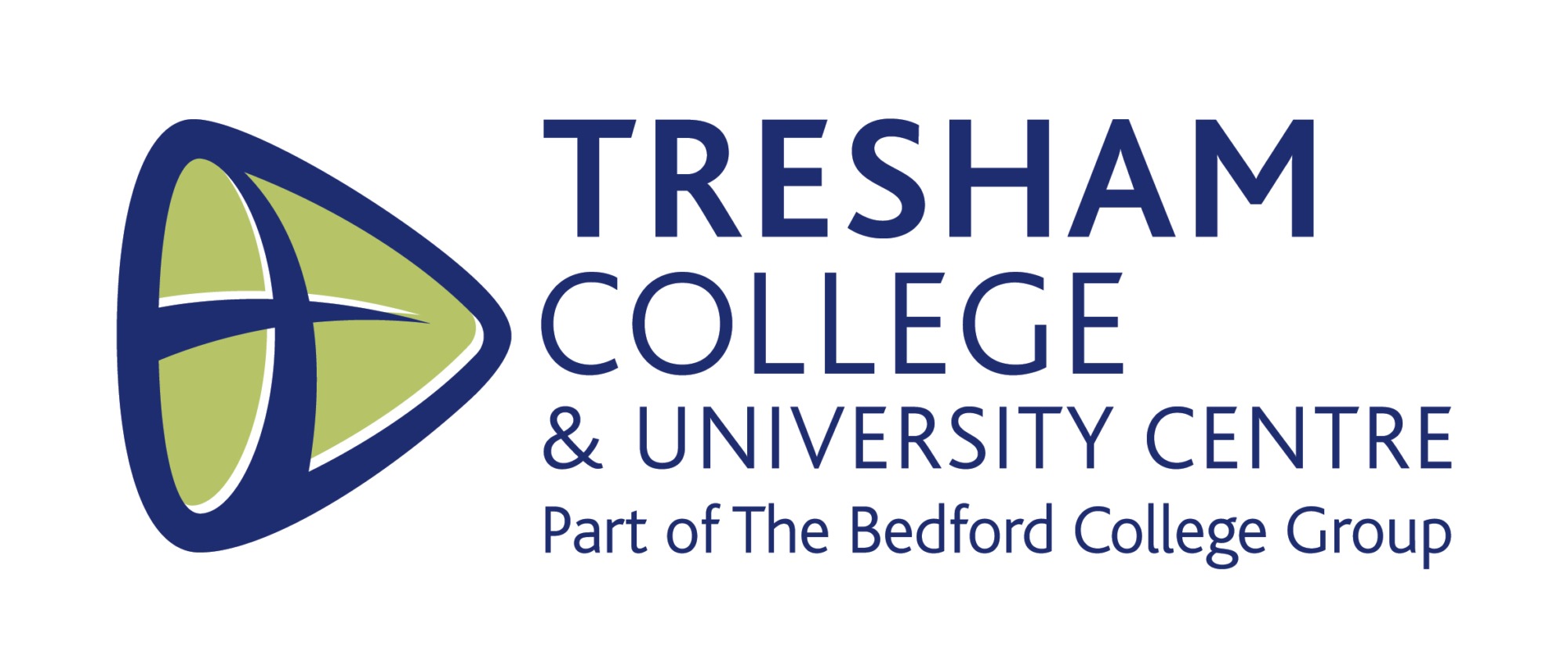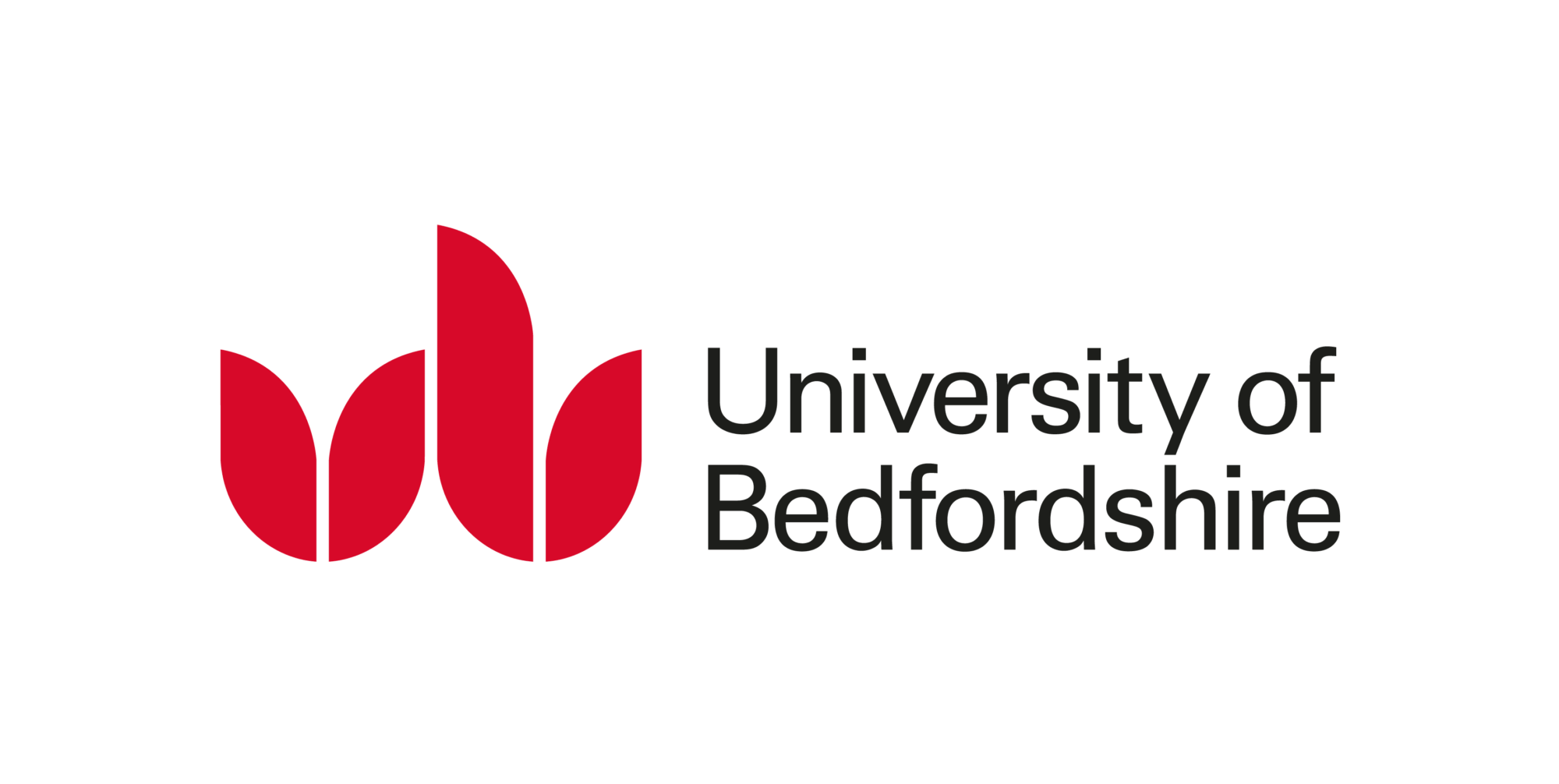

Rise in inflation dampens hope of further interest rate cuts this year
UK inflation has risen to 3.8% in July, up from 3.6% in June, and now sits at almost double the Bank of England’s 2% target. The increase, driven largely by persistent domestic cost pressures, signals that inflation is here to stay for a while longer. Given these underlying pressures, the Monetary Policy Committee will not, and should not, cut interest rates when it next meets in September. Inflation will need to show some sign of improving if we are to see any cut at all before the new year.
Core inflation — which strips out volatile food and energy prices — remains stubbornly high, largely fuelled by strong wage growth in hospitality, healthcare, and transport. Wage growth is finally starting to slow, but this will take several months before the effects are reflected in the inflation figures. Sticky inflation will have huge repercussions for lower-income households especially, as services inflation keeps the cost-of-living squeeze in place, and rising rents and mortgage payments intensify the strain.
Higher inflation is a worry for the Chancellor in the lead-up to the Autumn budget. For the financial markets, inflation reflects volatility, pushing up gilt yields and therefore the cost of servicing the UK’s already sizeable public debt. With the fiscal headroom already tight, this threatens to exacerbate the situation the Chancellor finds herself in.
While growth was better in the second quarter of the year than expected, further cuts to interest rates could have helped the economy finally kick into a higher gear, but it is clear now that this is not yet forthcoming. Without rising inflation, the Chancellor’s dual task of maintaining fiscal stability and generating growth was already difficult — it is now looking more like impossible.

Professor Joe Nellis is economic adviser at MHA, the accountancy and advisory firm.


















